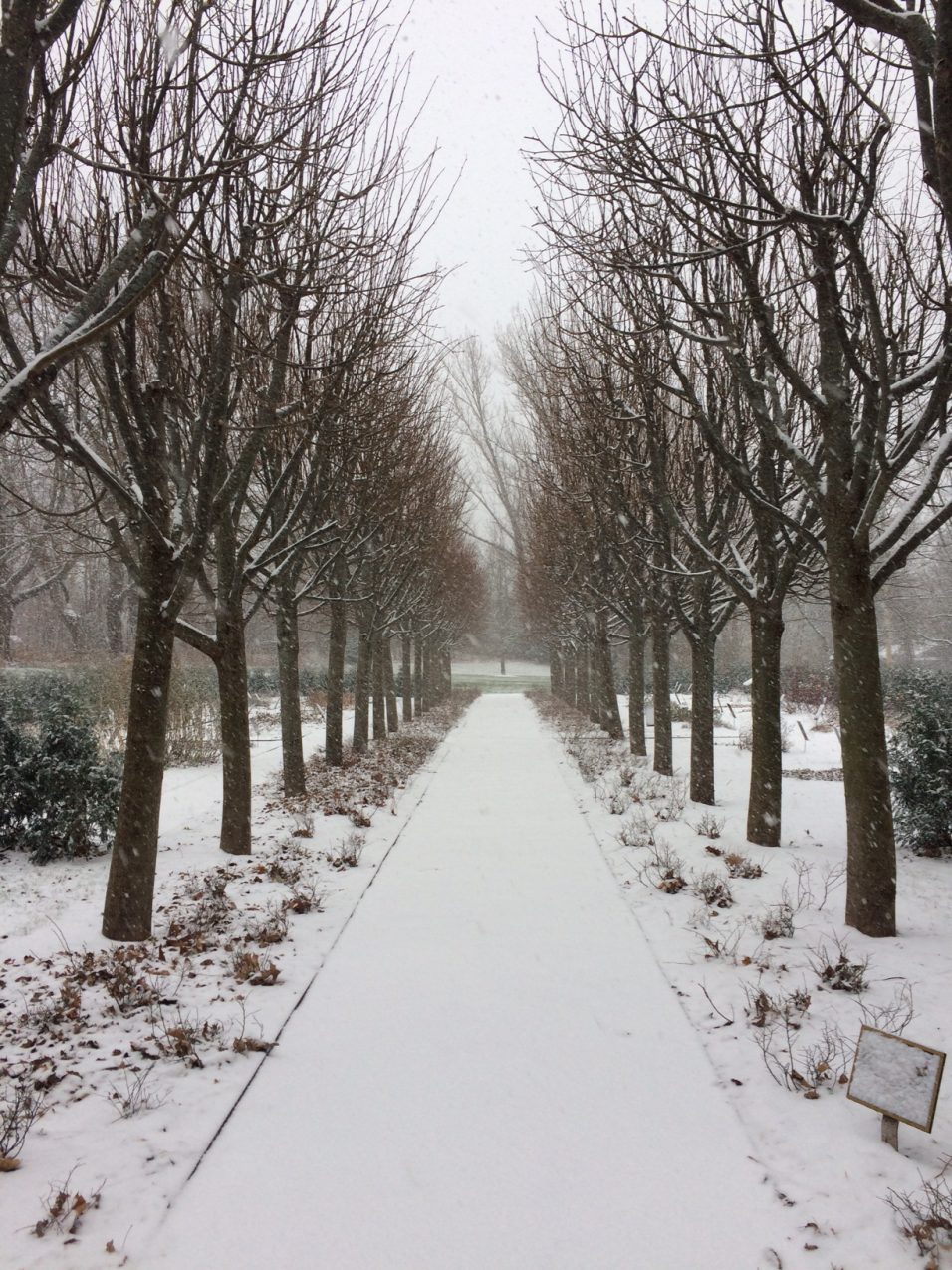What’s Growing at the Harriet Botanical Gardens: Giving to the Earth
By Melanie Priesnitz, Conservation Horticulturist
We are showered every day with the gifts of the Earth, gifts we have neither earned nor paid for: air to breathe, nurturing rain, black soil, berries and honeybees, the tree that became this page, a bag of rice, and the exuberance of a field of goldenrod and asters at full bloom.
Though the Earth provides us with all that we need, biologist Robin Wall Kimmerer says we have created a consumption-driven economy that asks ‘What more can we take from the Earth?’ and almost never ‘What does the Earth ask of us in return?’
I had the pleasure of walking with Dr. Wall Kimmerer through our 6-acre native plant botanical garden last year, and was honoured to hear her praise the work that we’re doing at Acadia to give back to the Earth. Robin is a distinguished teaching professor of environmental biology at the SUNY College of Environmental Science and Forestry in Syracuse, New York. She is also the founding director of the Center for Native Peoples and the Environment, whose mission is to create programs that draw on the wisdom of both indigenous and scientific knowledge around our shared concerns for Mother Earth. Robin is also a mother, a scientist, and a writer, and it was through her writing that I was first introduced to Robin. I was gifted her second book, Braiding Sweetgrass: Indigenous Wisdom, Scientific Knowledge, and the Teachings of Plants. Robin eloquently weaves her way through indigenous knowledge, scientific teachings, and philosophical quandaries in this best-selling book. The overall message is a call to action to human beings to practice reciprocity in our relationship with nature.
We don’t often stop and ask ourselves: “what can I do to give back to our planet?†However, we are finally starting to see that the manner in which we take from the Earth is not sustainable. In my mind, giving back to the planet through plant conservation and cultivation of native species is a simple and powerful way to reciprocate. It is much easier for me to work towards conservation of the Acadian Forest Region (which is listed by the World Wildlife Fund as an endangered entity) than it is for me to help save endangered polar bears. It’s much more manageable to keep a rare tree in my backyard than a polar bear! As gardeners and landowners, we can give back to the Earth and help make a difference by not using harmful chemicals, by choosing to plant native species, by planting with pollinators and all living creatures in mind, and by removing and managing invasive species that threaten biodiversity.
In this season of giving I encourage you to think about what you can do to give back to this beautiful green and blue planet that we call home. If gift-giving is part of your tradition, giving the gift of knowledge through books like Braiding Sweetgrass is a great way to empower others to enter into a more reciprocal relationship with the Earth. There are so many wonderful books that can be ordered at your local bookshop on native plant gardening, forest conservation, and connecting with nature. Here are some suggestions from the more in-depth to the very simple:
Restoring the Acadian Forest by Jamie Simpson
Bringing Nature Home by Douglas W. Tallamy
How to Help the Earth: By The Lorax by Dr. Seuss.
This holiday season try to remember the wise words of Robin Wall Kimmerer: “Give thanks for what you have been given. Give a gift, in reciprocity for what you have taken. Sustain the ones who sustain you and the earth will last forever.â€
Harriet Irving Botanical Gardens
Acadia University
botanicalgardens.acadiau.ca
